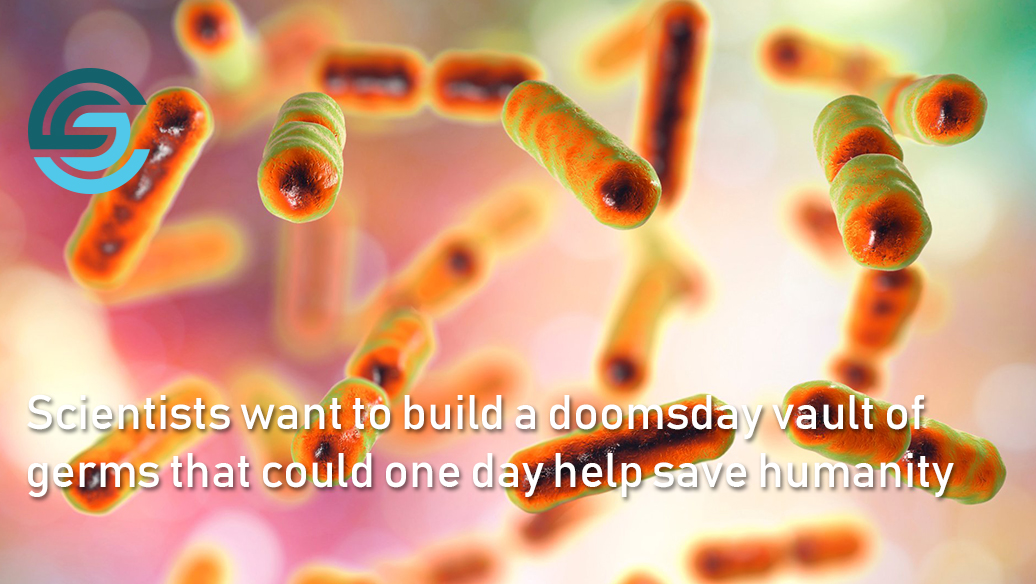[tm_pb_section admin_label=”section”][tm_pb_row admin_label=”Row”][tm_pb_column type=”4_4″][tm_pb_divider admin_label=”Divider” color=”#ffffff” show_divider=”off” height=”50″ height_last_edited=”on|phone” divider_style=”solid”]
[/tm_pb_divider][/tm_pb_column][/tm_pb_row][tm_pb_row admin_label=”Row”][tm_pb_column type=”4_4″][tm_pb_text admin_label=”Text” text_orientation=”justified” use_border_color=”off” border_color=”#ffffff” border_style=”solid”]
Human microbiota — most of which are beneficial bacteria in the gut— can strengthen immune systems, fight off invading germs, and help people digest food.
These microbiota have evolved for millions of years, but the diversity of most people’s gut bacteria has decreased dramatically in the past few generations. Many inflammatory diseases, such as asthma and diabetes, have become a lot more common during this time period.
A group of researchers led by Rutgers University professor Maria Gloria Dominguez-Bello believes that changes in our microbiota could be the main factor underlying the rise of these diseases. The prevalence of antibiotics and processed foods in Westernized countries, they say, is contributing to the loss of microbial diversity and could be causing health problems.
“We think the two are connected but we haven’t formally demonstrated causation,” Dominguez-Bello told Business Insider. “But if we don’t do anything, by the time we understand the complex problem, there will not be any traditional peoples left, and that diversity we have disappears. It will be too late.”
To preserve the long-term health of humanity, the researchers are calling for the creation of a global vault that would store the microbiota of people who do not use processed foods or antibiotics. The contents of this germ vault — stool samples and other microbiota from people’s skin, mouth, and nose — would come from communities with a high diversity of gut bacteria, such as remote parts of Latin America and Africa.
The proposal’s authors — Dominguez-Bello, Jack Gilbert from the University of Chicago, Martin Blaser from New York University Langone Medical Center, and Rob Knight from the University of California San Diego — say the microbiota vault needs to open soon because a growing percentage of the global population is becoming urbanized. In the United States, most people’s microbiota is currently only half as diverse as the microbiota of hunter-gatherers in the Amazon.
Dominguez-Bello previously conducted a study that immersed urban people in the diet and lifestyle of a rainforest village in Venezuela. The study participants only ate low-fat, high-fiber foods that were unprocessed. They bathed in rivers without using shampoo or soaps, went to bed early, did not use electricity, and woke up at sunrise.
While the urban children saw an increase in microbiota diversity after the 16-day immersion, the urban adults did not, Dominguez-Bello found.
The proposed microbiota vault would function as a storage facility for existing collections of gut bacteria, Dominguez-Bello said, emphasizing that the vault would not be responsible for collecting new samples. However, she hopes its creation would help empower scientists in developed countries to maintain their own collections of microbiota from local residents.
Each set of microbiota samples in the vault would only be owned by the depositor and whoever else has rights to the collection through the Institutional Review Board.
The vault is similar in concept to the Svalbard Global Seed Vault, a massive collection of crops that could be crucial to humanity’s survival in the event of a large-scale disaster.
While the scientists have not yet chosen a location for the microbiota vault, Dominguez-Bello told Business Insider that the vault would ideally be in a cold place. It should also be located in a politically and economy stable country whose leaders support the creation of the vault, she said. The global seed vault, which opened in 2008, is located in Norway.
In their proposal, which was published in the journal Science, Dominguez-Bello and her team said scientists may be able to stop diseases in the future by inserting lost microbiota back into the human population.
For now, Dominguez-Bello’s team is working on standardizing the protocol for freezing microbiota samples. They want to use multiple methods — not just freeze drying — because every type of cell preservation kills off some proportion of samples. One preservation method could save bacteria that are killed off using another technique, she said.
Dominguez-Bello said she hopes her team can find a site for the vault sometime in 2019. The scientists are focusing on fundraising, and still need to gather about $300 million to make this project possible. While starting the vault is not nearly that expensive, Dominguez-Bello said an endowment is necessary to make the vault sustainable long-term.
Source: Insider
[/tm_pb_text][/tm_pb_column][/tm_pb_row][tm_pb_row admin_label=”row”][tm_pb_column type=”4_4″][tm_pb_divider admin_label=”Divider” color=”#ffffff” show_divider=”off” height=”20″ height_last_edited=”on|phone” divider_style=”solid”]
[/tm_pb_divider][/tm_pb_column][/tm_pb_row][/tm_pb_section]

